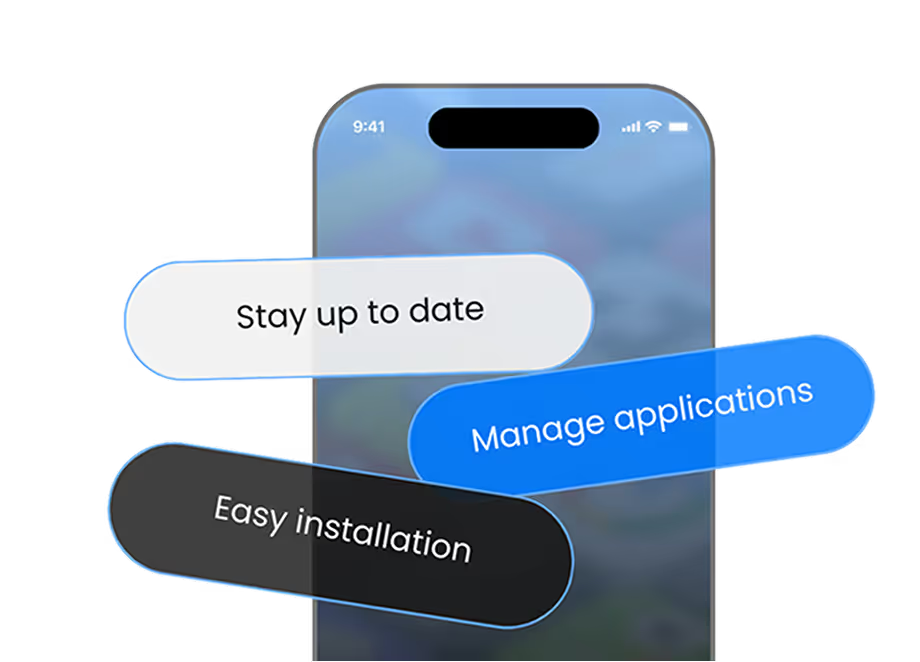
Every mobile app team wants faster releases and fewer bugs. Yet in most cases, testers and users only act as problem reporters, not true collaborators in the product-building journey. Feedback often arrives disconnected from context, delayed after discussions, or filtered through multiple levels of communication. Developers are left trying to piece together what actually went wrong.
The gap between users experiencing issues and developers fixing them is where delays pile up. That is exactly where AppRemark changes the dynamic. Instead of making testers struggle to document issues outside the app, AppRemark brings reporting directly into the experience, instantly, visually, and with all the context engineers need.
When reporting is simple and accurate, testers no longer remain passive observers. They become collaborators working side-by-side with the product team to improve quality continuously.
Why Traditional Testing Keeps Testers at a Distance
Traditional QA processes follow a predictable pattern. Testers encounter a bug, take a screenshot manually, write down notes, switch channels to file a ticket, and hope their description makes sense. Important details are forgotten. Screens are missed. The reproduction steps are unclear. And the original frustration the user felt rarely reaches the development team in full.
This disconnect turns reporting into a chore. Testers often skip minor defects because explaining them requires time and manual effort. Those “minor” issues later become major ones when they reach end users.
Most testers want to help, but the tools get in their way. When reporting is difficult, they stop providing continuous input and become mere checkpoints in the release cycle.
AppRemark Makes the App Itself the Feedback Channel
With AppRemark, users never have to leave the app when something goes wrong. They can shake their phone or tap a feedback trigger, immediately capture the problematic screen, and mark exactly where the issue is. The visual clarity tells the developer far more than a written message could.
By lowering the effort involved, testers share more insights. They contribute continuously instead of waiting for scheduled test cycles. Reporting becomes part of the experience, spontaneous, real-time, and honest.
Developers benefit because each submission carries full contextual information. Screenshots come tagged with device details, app version, OS specifics, and notes. The “translation layer” between user and developer disappears.
Building a Shared Understanding of Quality
Turning testers into collaborators means recognizing that their role is more than just catching bugs. They shape the product experience. When they feel like valued partners, they test more thoughtfully and enthusiastically.
AppRemark supports this shift by creating transparency. All feedback flows into one organized portal inside AppsOnAir. Product owners, QA leads, and developers can see reports as they arrive and can prioritize intelligently. Nothing sits buried in chat threads or email chains.
It also helps teams spot patterns early. If multiple testers mark similar areas in screenshots, the issue becomes clear even before a deep technical investigation. This shared awareness reduces confusion and shortens feedback loops dramatically.
Faster Fixes, Faster Releases
When testers collaborate instead of merely reporting, fixes arrive faster and confidence in the release improves. Developers spend less time asking clarifying questions and more time solving the actual problem. Miscommunication declines. Release risk decreases.
That forms a reinforcing loop: testers feel heard → development responds faster → testers feel motivated → quality rises.
This momentum is how AppRemark reduces wasted cycles and empowers teams to release more frequently without fear.
What Changes When Testers Become Co-Builders
When testers are given the right tools, their contribution goes beyond problem detection. They help elevate usability, accessibility, and experience. They call attention to small frustrations before users ever experience them. Their feedback becomes part of shaping the product’s future.
AppRemark turns the friction-filled task of reporting into a fluid, natural extension of using the app. That mindset shift is what transforms testers from external checkers into internal collaborators, people who feel involved and responsible for improving the product, not just pointing out its flaws.
Conclusion
Fast, continuous, insightful feedback is what sets great apps apart from average ones. AppRemark closes the gap between the people using the product and the people building it. It encourages testers to share more, share earlier, and share accurately — which in turn accelerates fixes, increases confidence, and builds a stronger product in every release.
When the feedback loop becomes effortless, collaboration becomes culture. And that culture results in higher-quality software shipped faster.
To explore how AppRemark can turn your testers into true collaborators, visit AppsOnAir.com.












